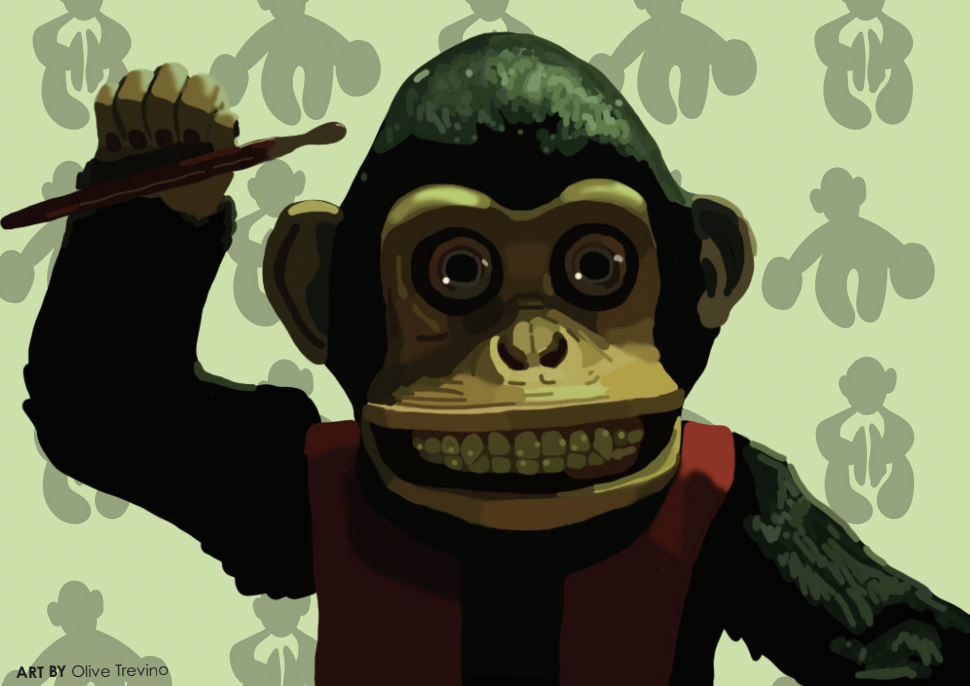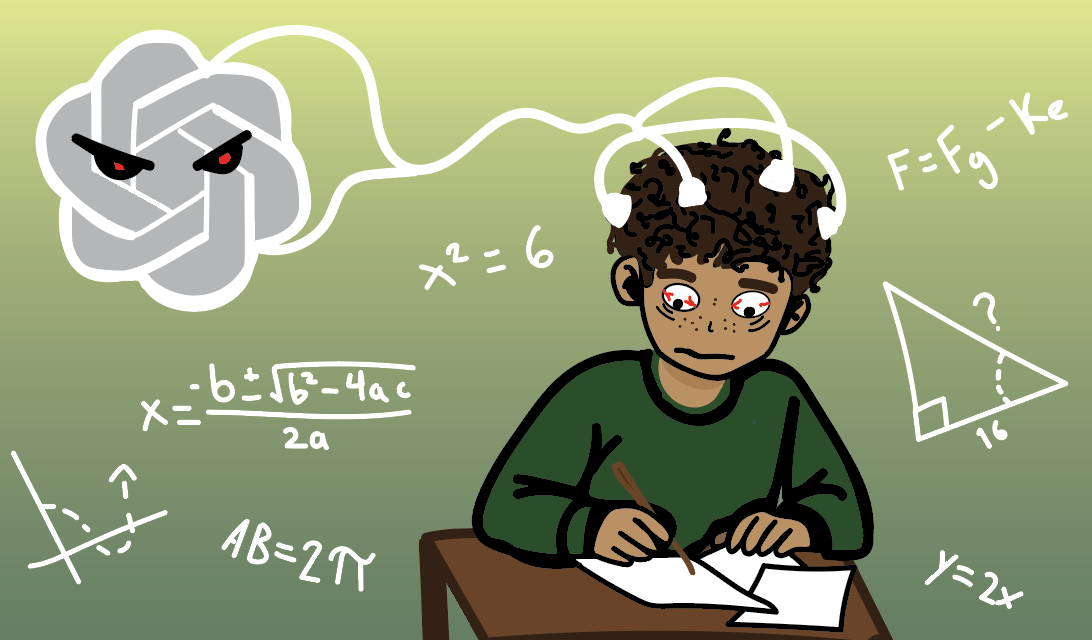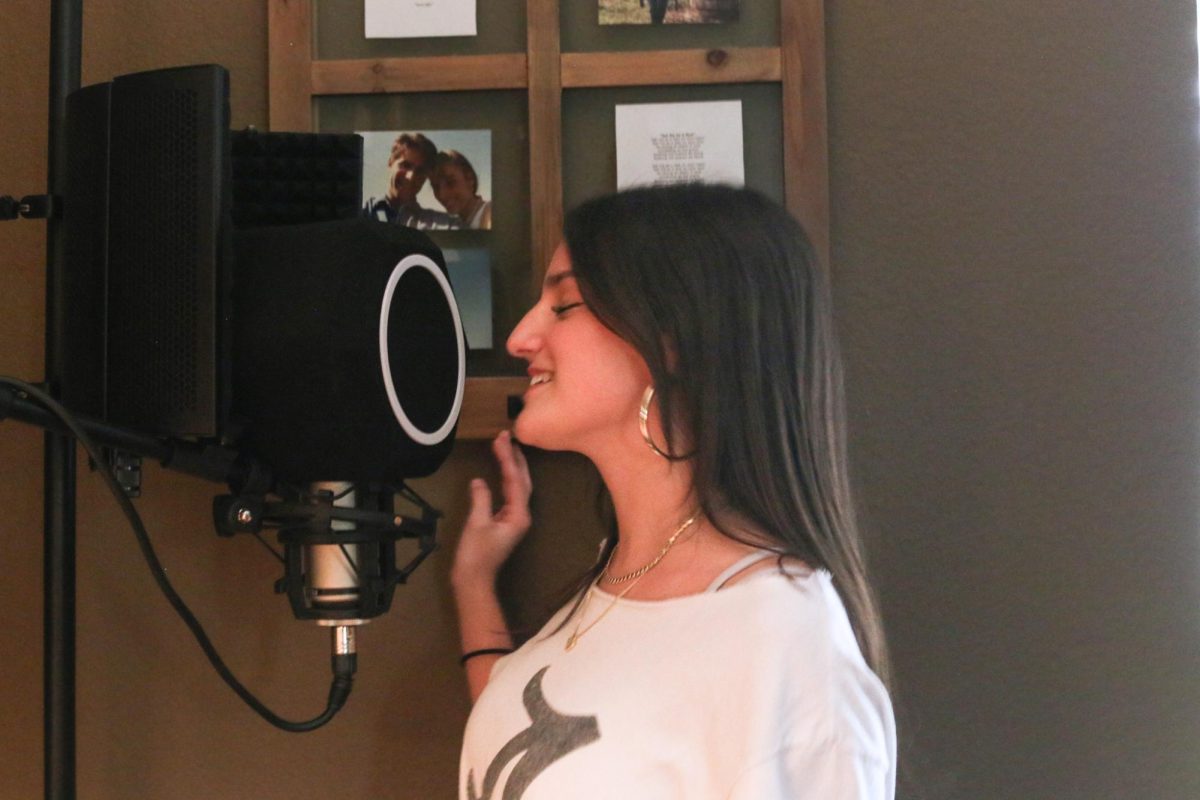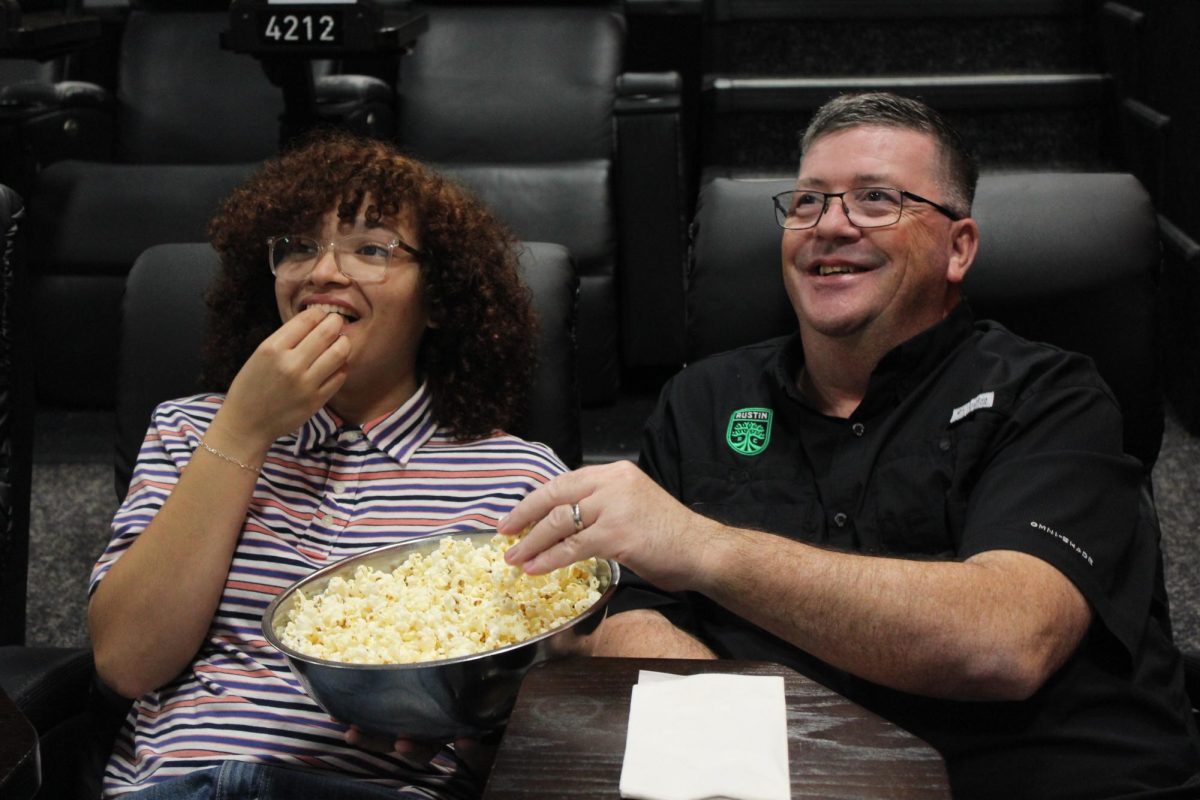Close your eyes. Imagine your greatest fear, an image that keeps you up at night and sends shivers down your spine. Did you picture a wind-up monkey banging on a toy drum? Well, that’s what Oz Perkins brought to theaters this past month with his retelling of Stephen King’s short story, “The Monkey”. But how do the two compare? How do you make innocence turn to fear?
In the 1970s, Stephen King had cemented his position as an esteemed horror writer. He had already written critically acclaimed books such as The Shining, Carrie, and countless other classics. While King was finding major success from these stories, he had a far from idyllic life behind closed doors. He was struggling with an intense and years long substance addiction. In fact, there are entire books that he doesn’t even remember writing. It was during this time that Stephen King wrote “The Monkey,” a short story about a wind-up toy which wreaked havoc on innocent lives.
I revisited the story 45 years after its initial publication with the help of Internet Archives. The book begins with Hal Shelburn and his two young sons uncovering a wind-up monkey in Hal’s childhood home. Its resurgence evokes a panic-stricken reaction from Hal, who is once again thrust under the toy’s reign of terror in his middle age years. The monkey is inherently evil, and whenever it is wound up, someone nearby dies in an unusual and violent way. “The Monkey” chronicles the attempts of Hal and his family to stop the monkey, ultimately destroying it and narrowly escaping with their lives. Their character’s encounters with the furry monster inspires them to deal with their dysfunctionality as a family and forces Hal to come to terms with the uncertainty and inevitability associated with death.
While Stephen King is an obvious force in the thriller genre, “The Monkey” feels like a dated plot with a less than frightening execution. The idea of a cursed toy banging its fatal drum and causing dozens of untimely deaths is far-fetched at best; while reading the story, I felt consistently underwhelmed. I mean, if you’re going to write a story about a killer monkey, you might as well make it fun, right? The writing style is certainly raw and incessant, but it doesn’t always stick the landing. The narrative is partially dependent on childhood fear, which results in loss of realism. It’s a fine line between saying something is scary and evoking these feelings in the reader. “The Monkey” says the right words, but it lacks actual emotion. Elements of family dynamics are not easily condensed, but the story seeks to simplify them into bite-sized chunks of unease. By doing so, it fails to recognize what makes this fear so omnipresent.
When you’re a child, you’re entirely dependent on your parents for everything. As you grow older and realize that some things are out of your control, panic is a natural feeling. The just-world fallacy is a cognitive bias where people get what they deserve and that everything ends in justice and happiness. There is a stage in everyone’s life where you realize bad things happen to good people, but this position is not immediately actualized. Instead of seeing people as inherently flawed, you dream up shadows on the wall and assign evil to a toy monkey rather than those around you. This is the type of distress this story wants so hard to capitalize on. Loss of innocence, inevitability of death and fear, and unconscious memories that forever change you.
Instead of leaning into nostalgic horror, the plot divulges into common tropes. For example, the monkey speaks to Hal telepathically, infiltrating his psyche to warn him of his devious plans. I mean, come on.
In short, “The Monkey” fails to dig deeper and is simply not scary. This, however, is not to discredit Stephen King as an author. One short story published in a booklet forty years ago does not represent the entirety of King’s career. “The Monkey” is underdeveloped but has unrealized potential.
Enter director Oz Perkins, who found recent success with the movie “Longlegs”, starring Nicholas Cage and Maika Monroe. Interestingly enough, Oz Perkins is the son of Anthony Perkins, the lead in “Psycho,” a classic 1960 horror. He also had a supporting acting role in Legally Blonde before transitioning to a directorial role. “The Monkey” was a leap from his past projects, but it works well in capturing the essence of a truly iconic yet incredibly ridiculous premise. It successfully leans into the bizarre elements of horror without overcooking it.
We need this in the genre. Not every film has to be gruesomely terrifying like Saw or a work of cinematic excellence like “The Conjuring.” Sometimes, I want to go to the theaters to laugh, to gasp in shock, and to have fun. I’m not alone in this.
Theaters are an important part of American culture. They represent a shared desire to feel connected to those around us. There are few things more comforting than collectively laughing at a movie, forming a connection with the audience with you. This use of a movie’s impact is shown in the 1988 film “Cinema Paradiso,” where a young boy discovers a love for the movies from an early age by helping a projectionist in his small town. The movie theater is a gathering point for his community, where everyone assembles to watch the black-and-white spectacles every day. As he grows and changes, so does the film industry. He watches the technology advance over time, never losing his love for cinema.
This movie is a personal favorite of mine. It’s like the 2025 Monkey movie because it’s just fun to watch. It’s a spectacle for the eyes and a shared experience for the audience. These are two movies that were made for the theater. They’re made to be enjoyed. People go to the movies ready to feel and to laugh. We all have a desire for connection. Humans are social creatures at heart, and we want to feel an attachment to other people. This latest version of “The Monkey” is able to harness that excitement and create something truly special.










